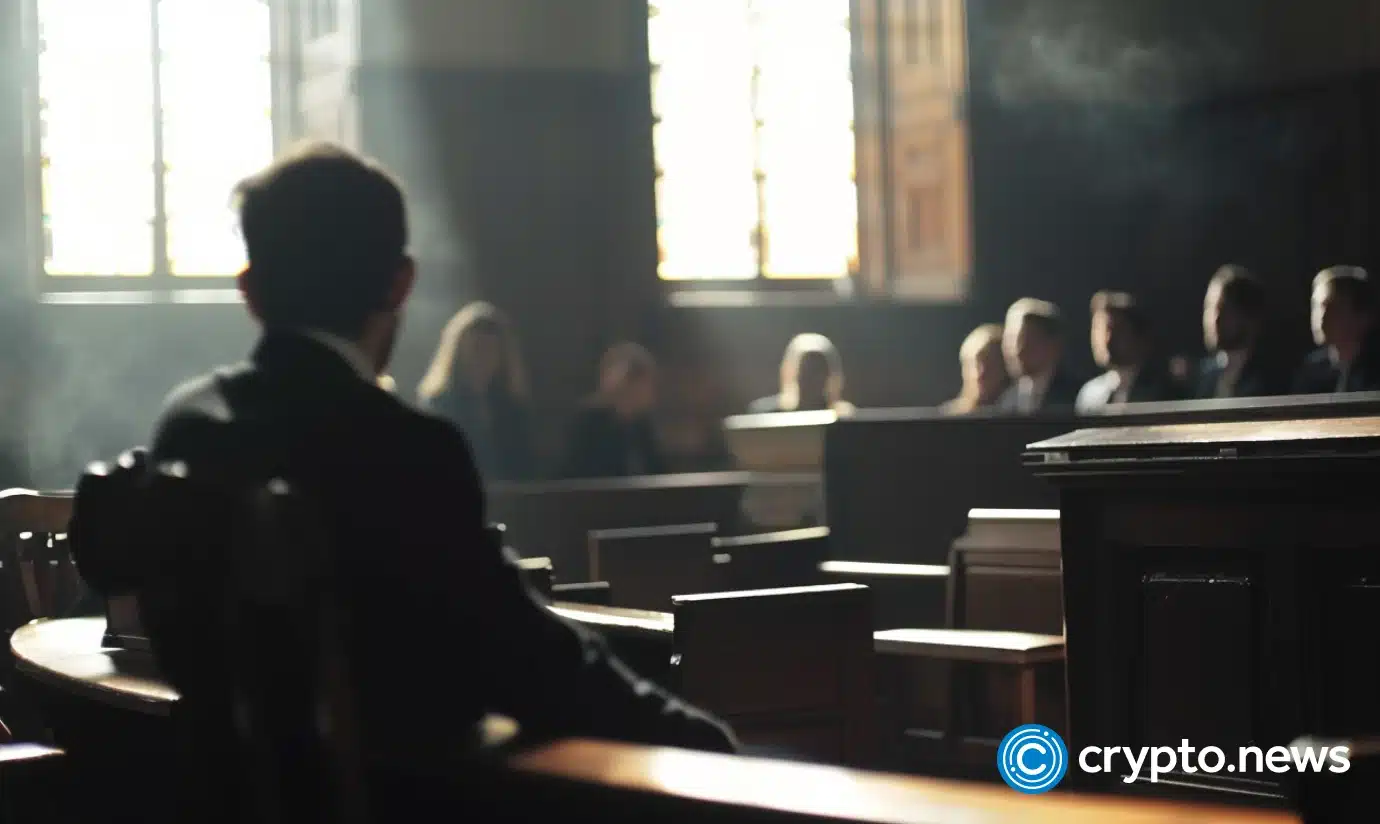Court Slams Door on Crypto Fraudster’s $12.5M Escape Attempt

Justice delivers brutal reality check to digital asset scammer
No Easy Exit
A U.S. bankruptcy judge just torched a convicted crypto criminal's desperate plea to retain $12.5 million in allegedly ill-gotten gains. The ruling sends shockwaves through the industry's darker corners—proving even bankruptcy courts won't tolerate financial sleight-of-hand.
Zero Sympathy Protocol
The court systematically dismantled every argument the defendant raised, treating the escape attempt like a poorly coded smart contract—full of holes and destined to fail. This marks another win for regulatory enforcement in an ecosystem that's rapidly maturing beyond its wild west days.
Welcome to the New Era
While crypto maximalists might grumble about government overreach, this decision actually strengthens legitimate projects by weeding out bad actors. Nothing says 'bullish for blockchain' like watching courts treat crypto crimes exactly like traditional financial fraud—complete with real consequences.
Another reminder that when your exit strategy requires judicial approval, maybe you shouldn't have entered the scheme in the first place—but hey, that's why they call it 'risk assets.'
Fuller’s pattern of deceit and its consequences
Fuller’s journey to bankruptcy began in October 2024, a strategic MOVE that came only after a Texas state court appointed a receiver to seize his assets in response to a lawsuit from defrauded investors. The USTP’s Houston office swiftly intervened, filing a complaint that portrayed a debtor acting in flagrant bad faith.
Notably, the investigation alleged a comprehensive effort to obstruct justice. Fuller was accused of concealing extensive assets, a fundamental bankruptcy violation. He also failed to maintain financial records, making it impossible to trace the FLOW of investor capital.
The case’s turning point came when the court held Fuller in civil contempt for refusing to comply with its orders. Facing escalating penalties, his defense collapsed. He formally admitted that Privvy Investments was operated as a Ponzi scheme from the outset and that he had fabricated financial documents to lure and mislead investors.
He further confessed to giving false testimony and falsifying documents to hinder the Chapter 7 trustee’s efforts to untangle his finances. Investor funds, he revealed, were diverted not for trading but for a life of luxury, financing gambling excursions, high-end goods, and a nearly $1 million residence for his ex-wife, a business associate with whom he continued to reside.

